
Client Albemarle County Public Schools, Walton Middle School
Location Charlottesville, VA
Year 2015
If you don’t know about the great things happening in Albemarle County Schools in Virginia, you should. Superintendent Pam Moran, her compatriot Ira Socol and the many great teachers and administrators that make up the system are doing something pretty special. With not a lot of resources, they have done an incredible job of creating an incredible culture of empowered and inspired students and teachers. While it is tremendously more complicated than it seems to pull off, Pam has shown what can happen when school leaders say ‘YES’ to the ideas of their teachers and students. Enter one of their schools and you will find ‘making’ is everywhere, not because they insist on it or because it’s in vogue but because that’s what their students want to do. Look around in a classroom or common space and you will see numerous examples of ‘small ‘d’ design thinking’–they’ve empowered students and teachers to hack their learning spaces to meet their individual learning needs and even with limited resources have provided micro-grants to purchase affordable furniture to meet those desires. The result may not be especially pretty but it works and the impact its had on learning is palpable.
Needless to say, when they reached out a few years ago about doing a project together in one of their schools, we leapt at the opportunity. Even with such a great collection of big thinkers and doers in the room during the initial planning meetings, I am not sure any of us could have imagined the rolling treehouses, energy or agency that resulted.
The key reasons for doing the project were to explore how big building projects could counterbalance the disconnectedness between students of different socioeconomic backgrounds that often occurs in a rural setting; could design-building larger scale projects provide opportunities to shine for students who were still struggling; and could a larger-scale building project inspire a new level of student-powered making?
Given the short project timeframe, we decided to focus everyone’s efforts on the school cafeteria–the only place where everyone in the school goes. This is one of our key tactics (that everyone should copy) for rapidly accelerating and building capacity as well as conversations around a project–in short, ‘go where the people are’ and do everything there. In this case, it quickly put on display for anyone to see, essential questions about risk, youth leadership, and more. Furthermore, the hybrid ‘cafetorium’ provided no personalized spaces for learning, hanging out, and personalization that are more common throughout the school–essential to creating great cultures of learning.
Per usual, we started with building, empowering the students and teachers to rapid-prototype at full scale spaces for hanging out, eating, learning and maybe even a little exercise too. Hundreds of students as well as teachers joined in the rapid prototyping during lunch, class and after school. Notably, contrary to most people’s beliefs, when given the option to build a new idea or fix/improve an existing one, most students opted for the latter. Indeed, at times, some students leaned towards making things ‘too safe’ and had to be encouraged take more risks. Over the first week, the cafeteria’s virtual adventure playground (how often does that happen!!!) evolved into two treehouse designs. The following week we worked with students, teachers and parents to transform these sketches into build-able forms. When we ran out of wood, we ventured into the nearby woods scavenging and carrying back logs. After we left, students, teachers and facilities management worked to further evolve the structures to meet their guidelines. To this day, the students use the treehouses at every opportunity for lunch, learning and hanging out with friends. Perhaps more telling, is that the STUDENTS continue to design-build improvements and develop their own guidelines for the structures as they have new ideas or encounter challenges. The project identified new leaders and capacities in the school, notably a number of students who were struggling and Josh Walton, the Vice Principal (who primarily works with such students) who is a secret lumber jack and solid builder. Last summer, after the building of the treehouses in the spring, instead of your typical summer school, Josh had his students design-build other small improvements around the school. Much to our surprise, the treehouses have come to be a ‘flagpole’ or symbol to the students, teachers and outside world of what learning CAN be, as well as what happens when teachers and administrators find a way to say ‘yes’ to students. Other outcomes include students continuing to evolve (and significantly improve furniture that we design-built together); student design-built improvements to their workshop space; and additional improvements to the cafeteria.
Make sure you check out Pam Moran’s great TED Talk on the power of saying ‘yes’ and the impact of this project in her school system.
Many thanks to Pam, Ira, Josh, Allison Dwier-Seldon, the students, and parents who made this project so amazing. Particular thanks as well to Jon Barber, who co-led this project and is a fantastic teacher at Walton Middle School.



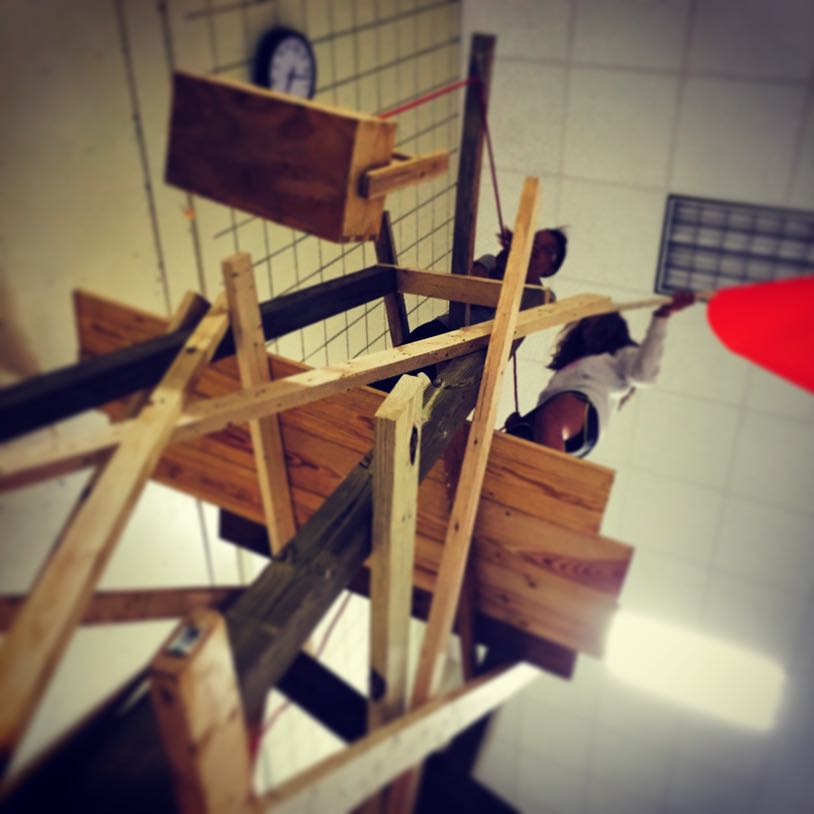

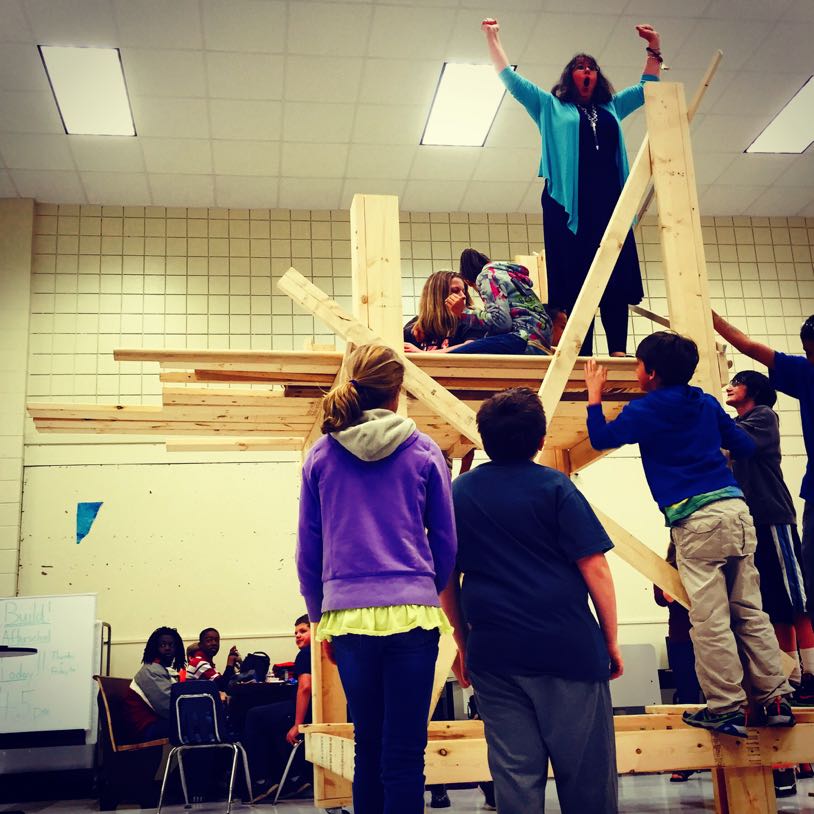
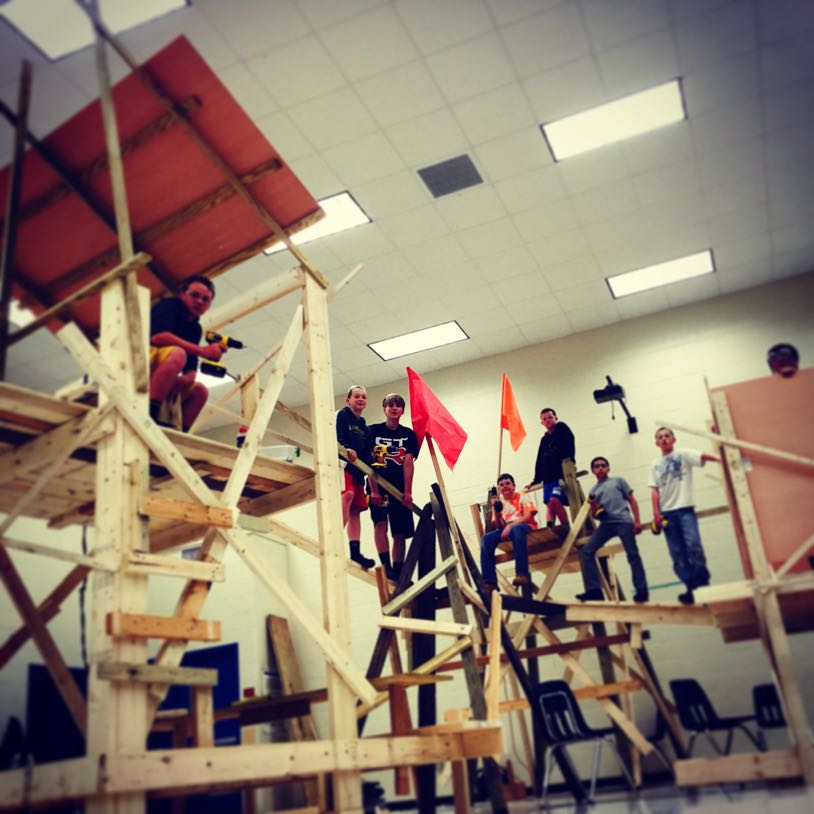
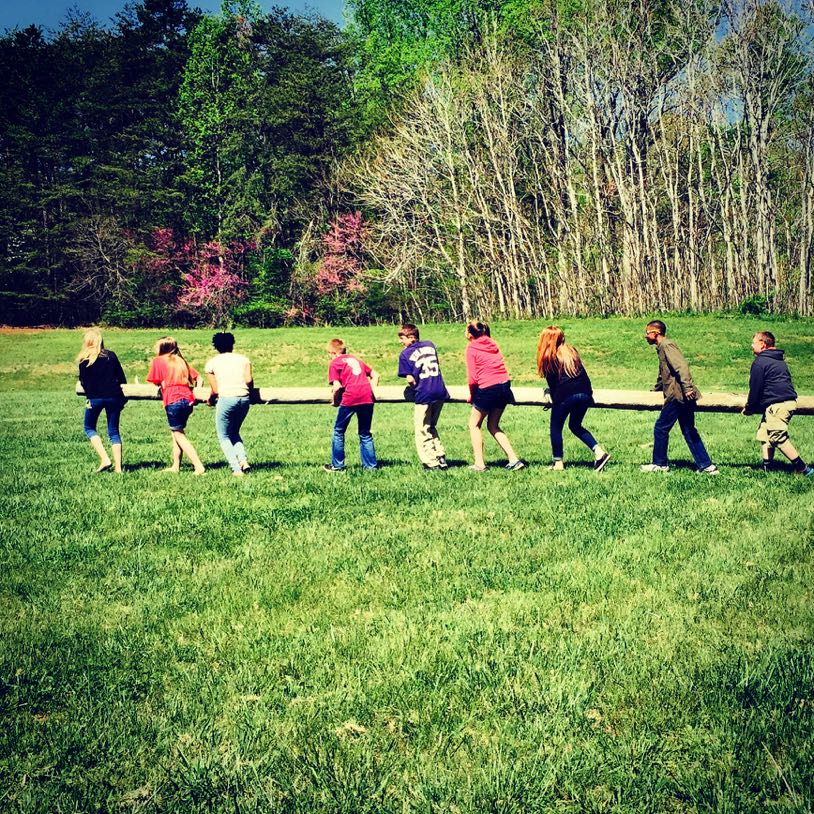

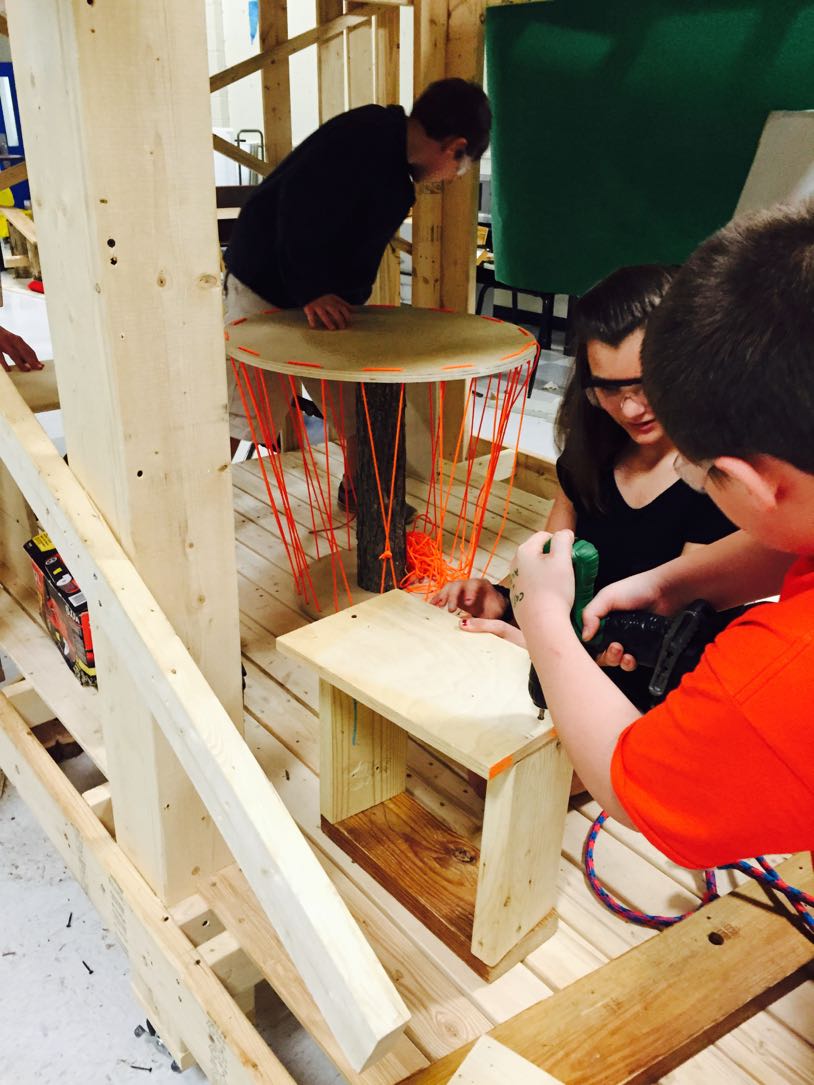
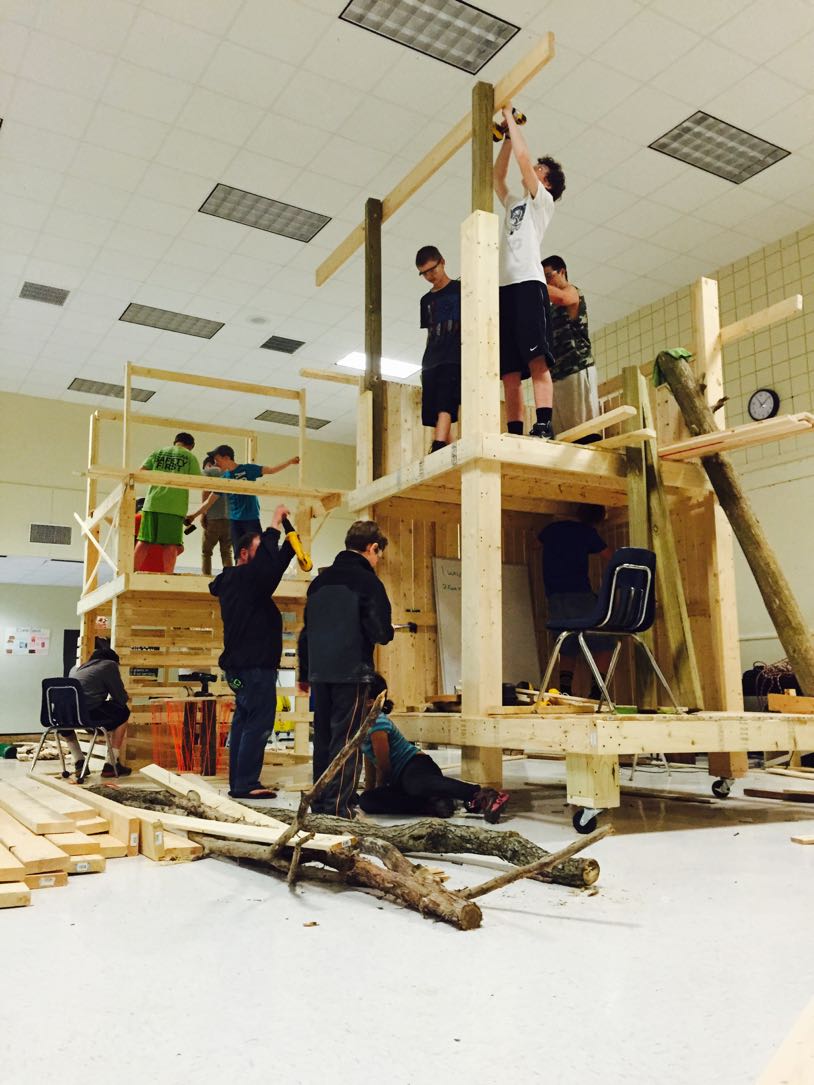
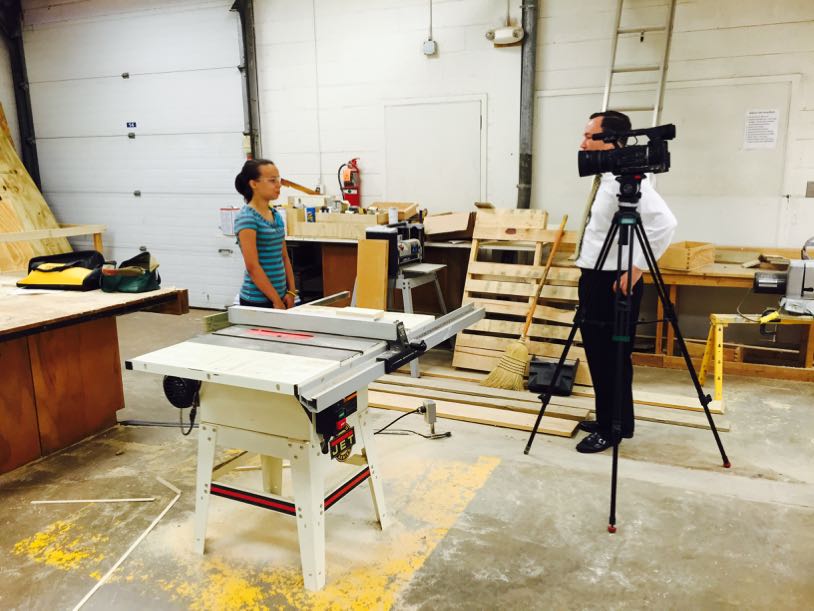
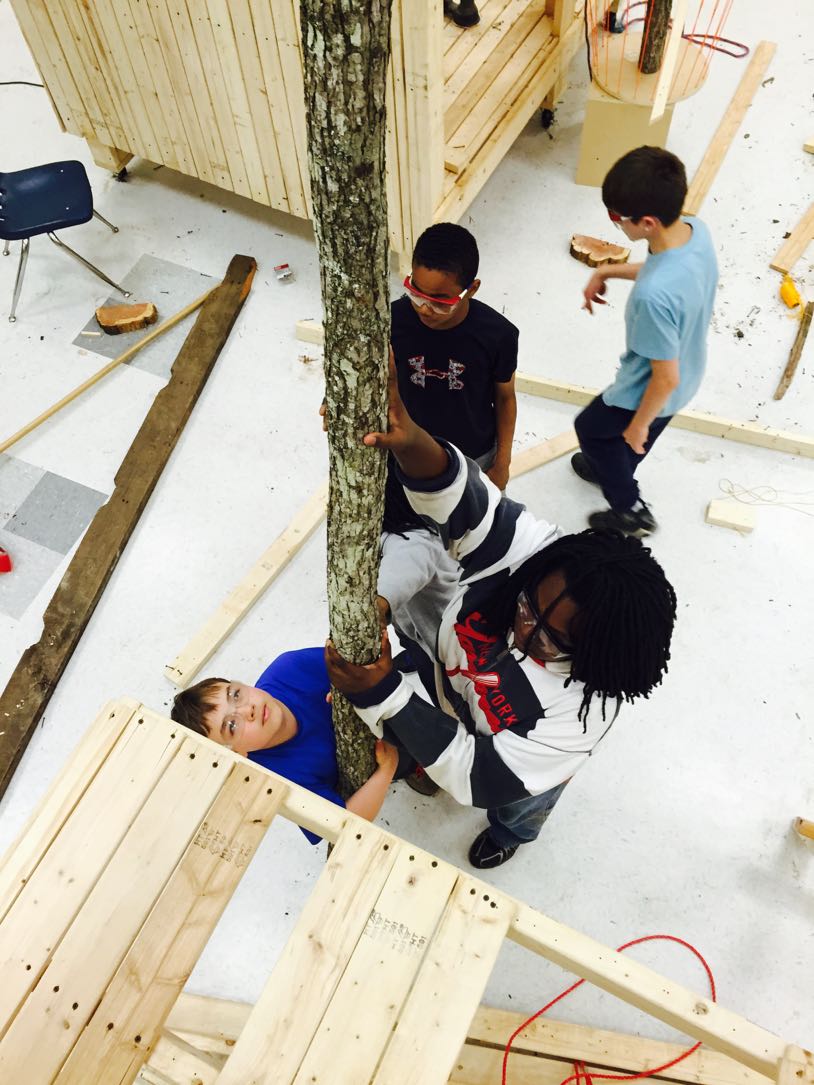
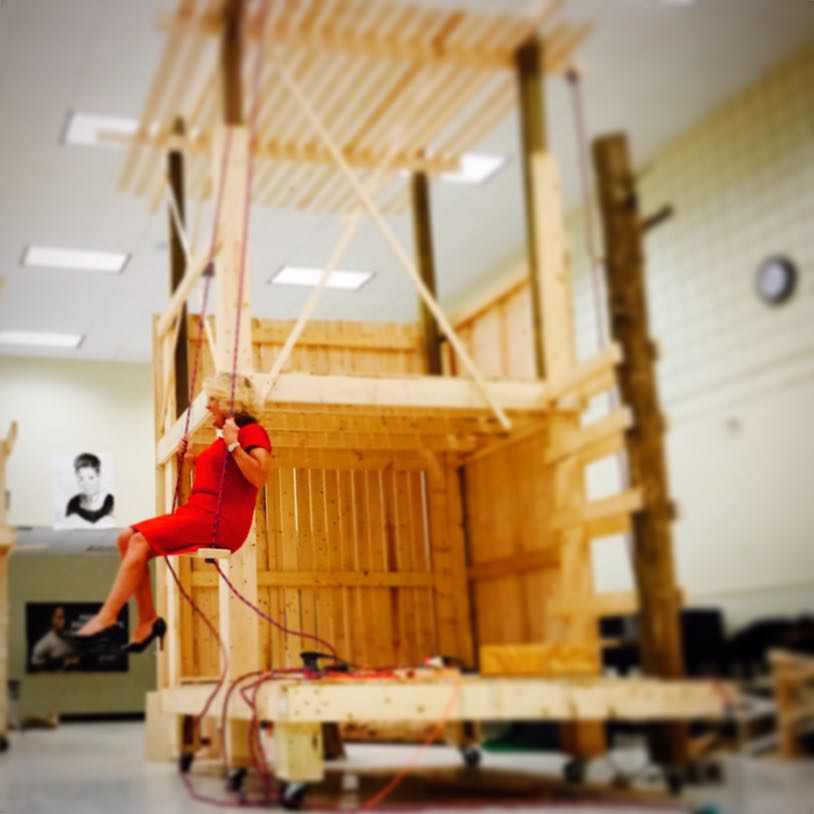
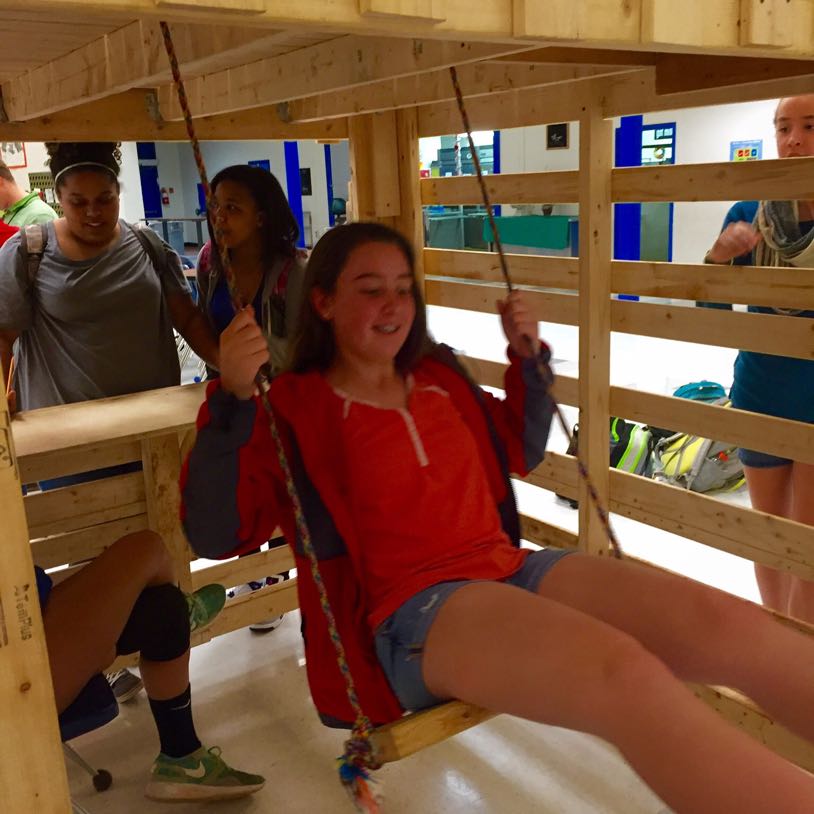
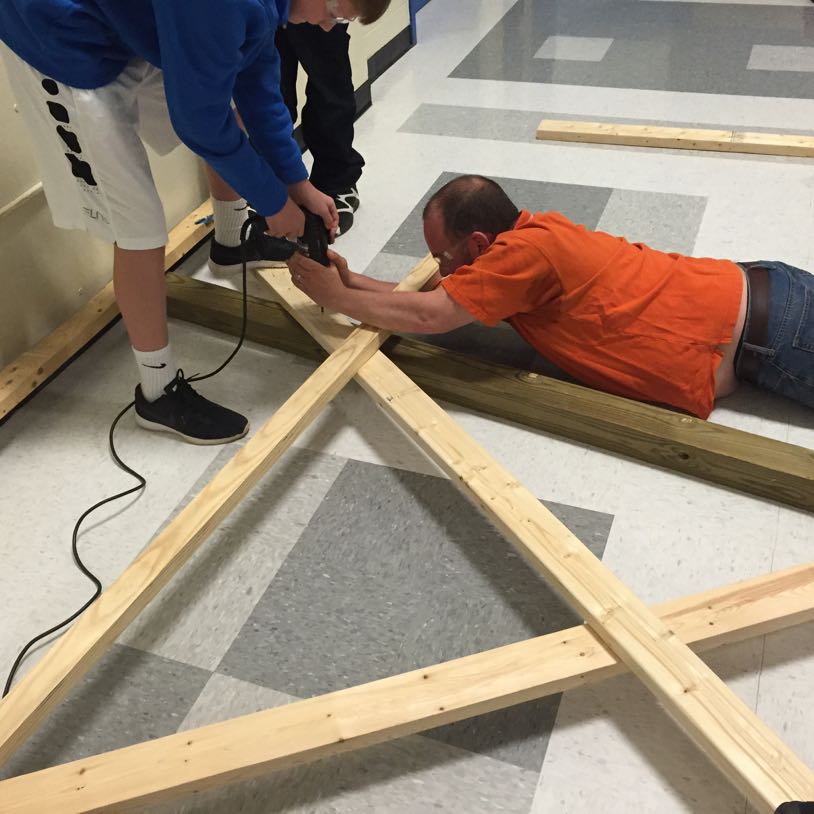
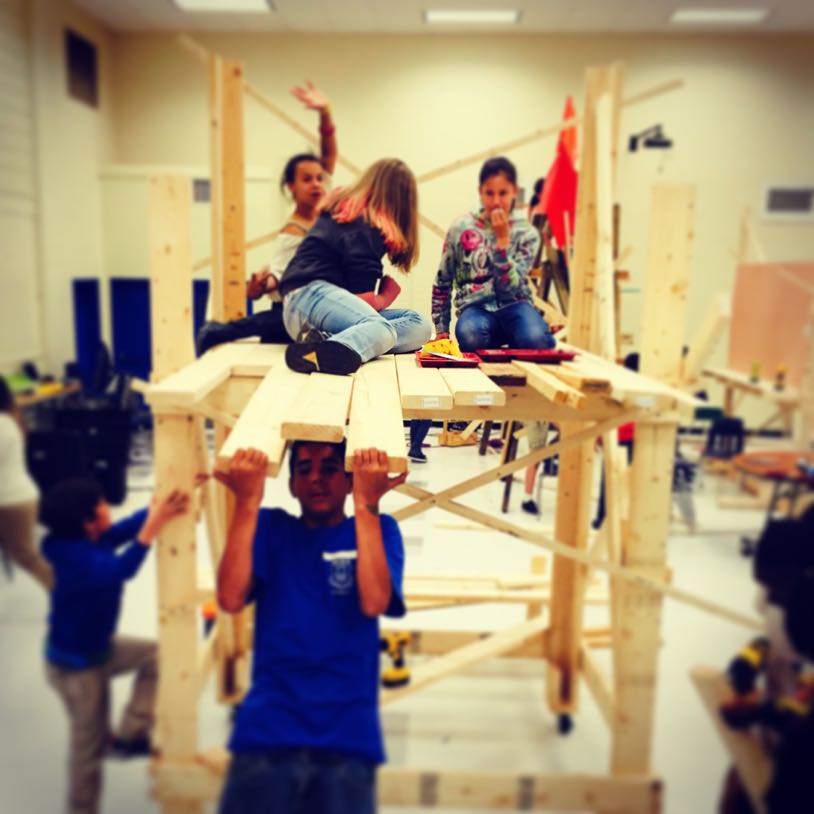
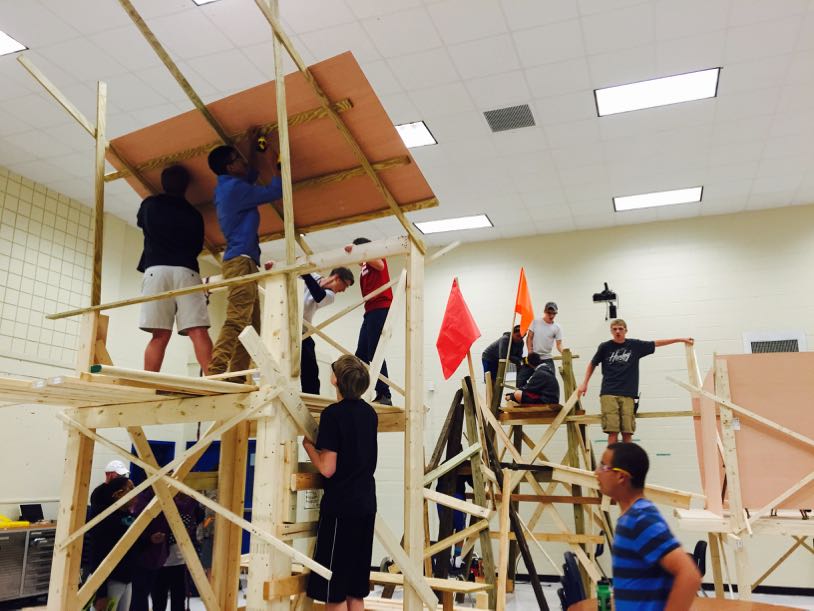
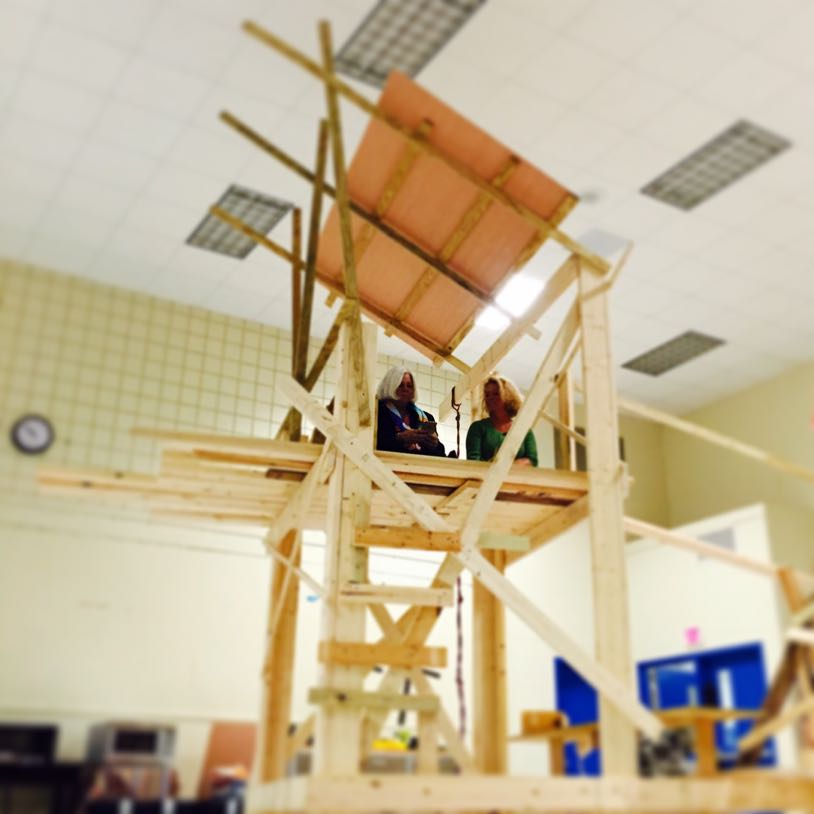

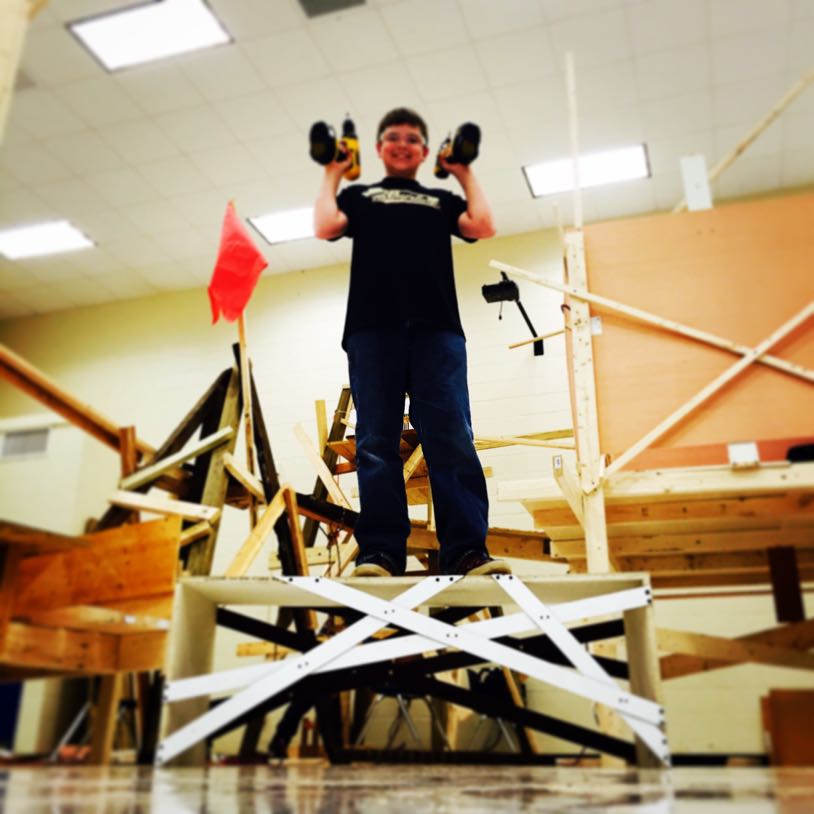

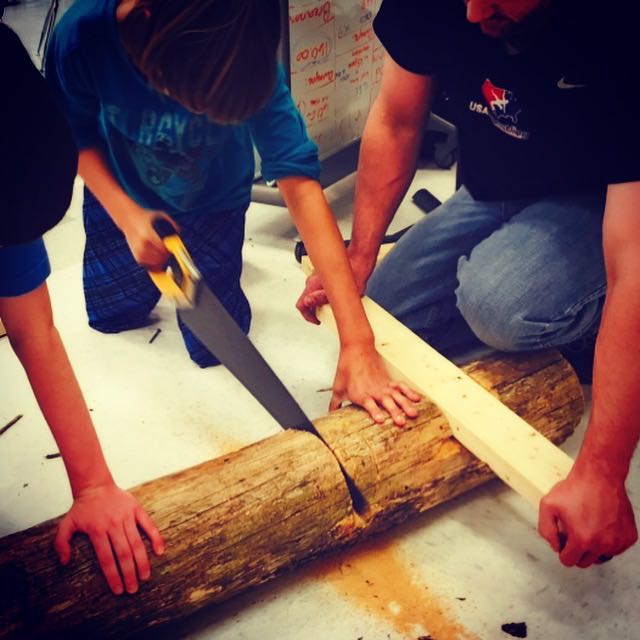
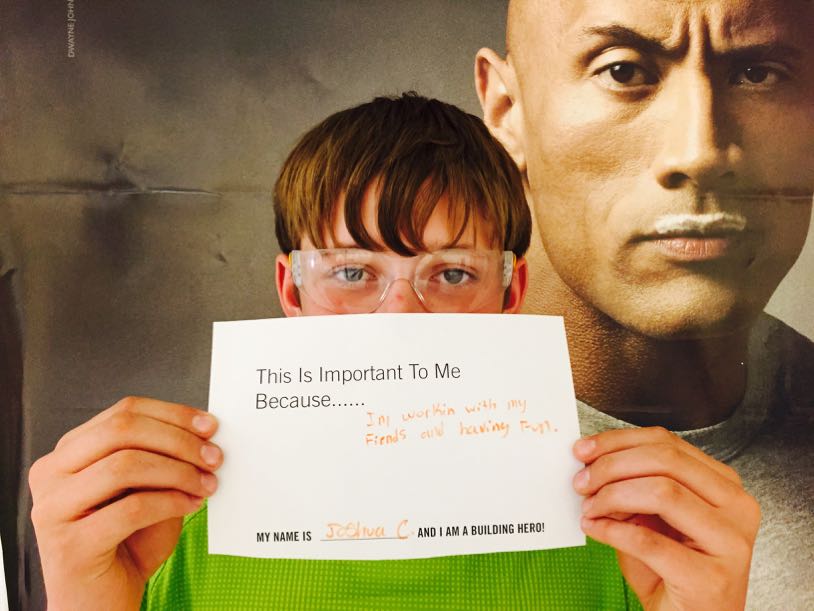

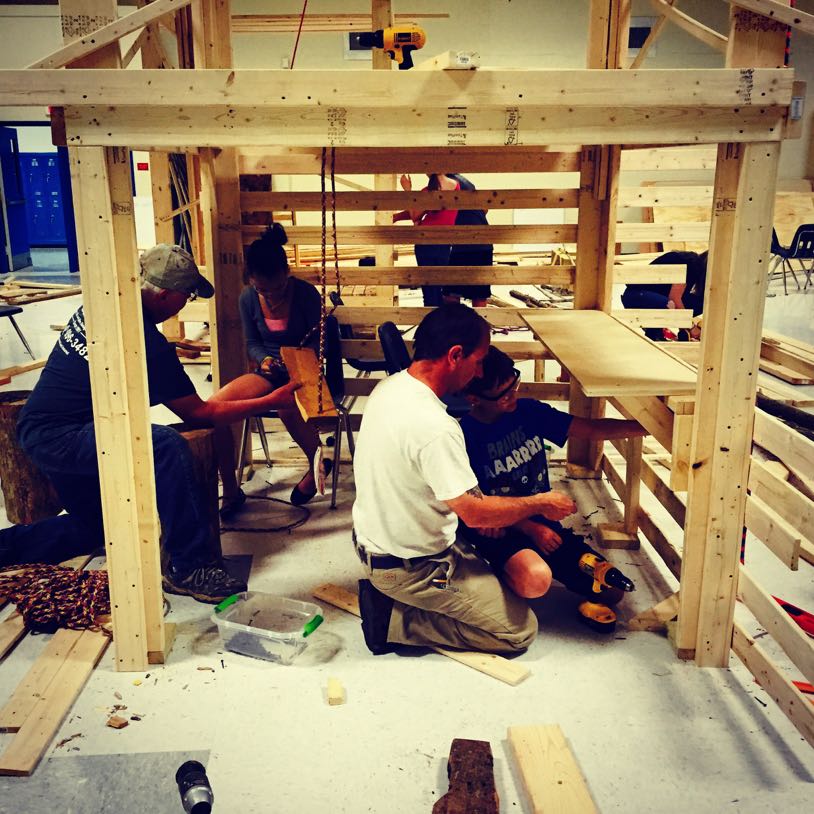

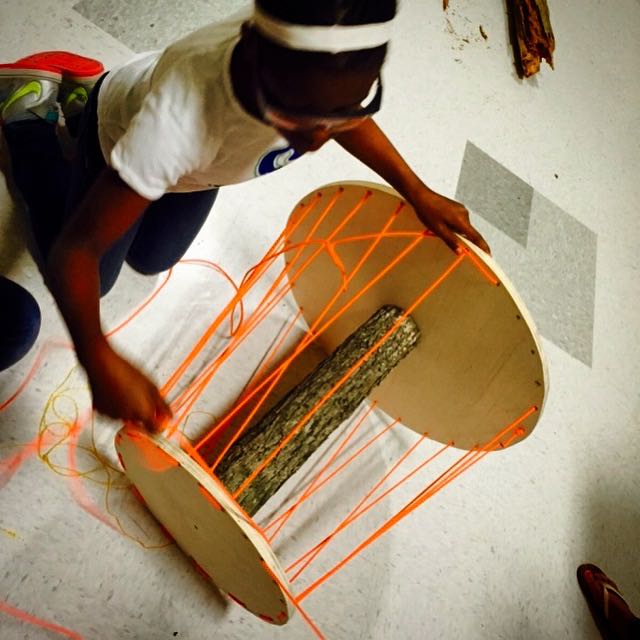
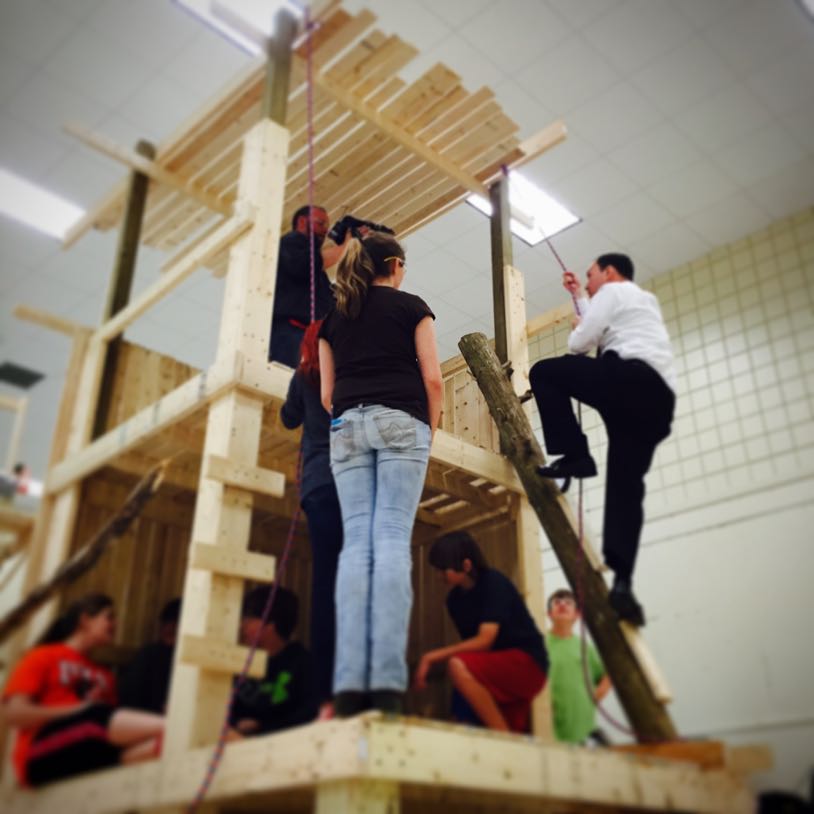
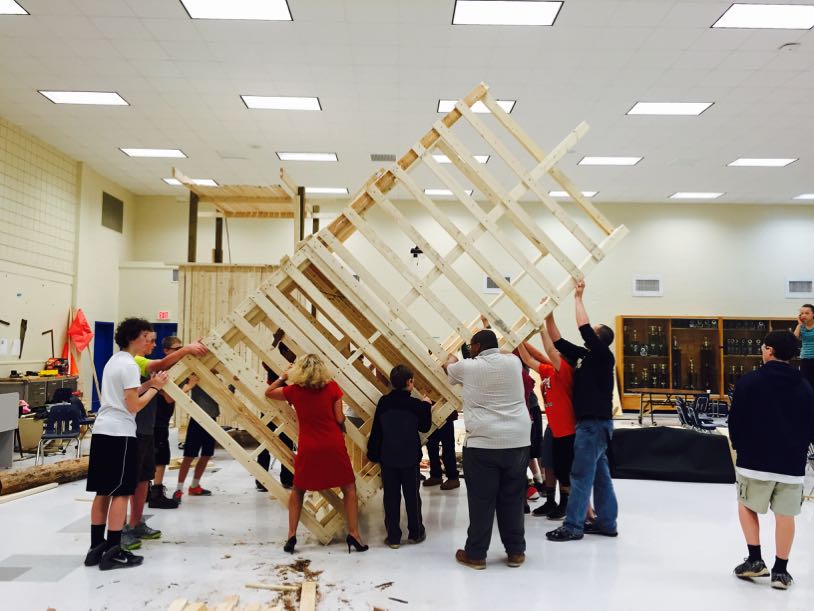
Posted on August 13th, 2015 at 1:47 pm by publicworkshop in Our Work